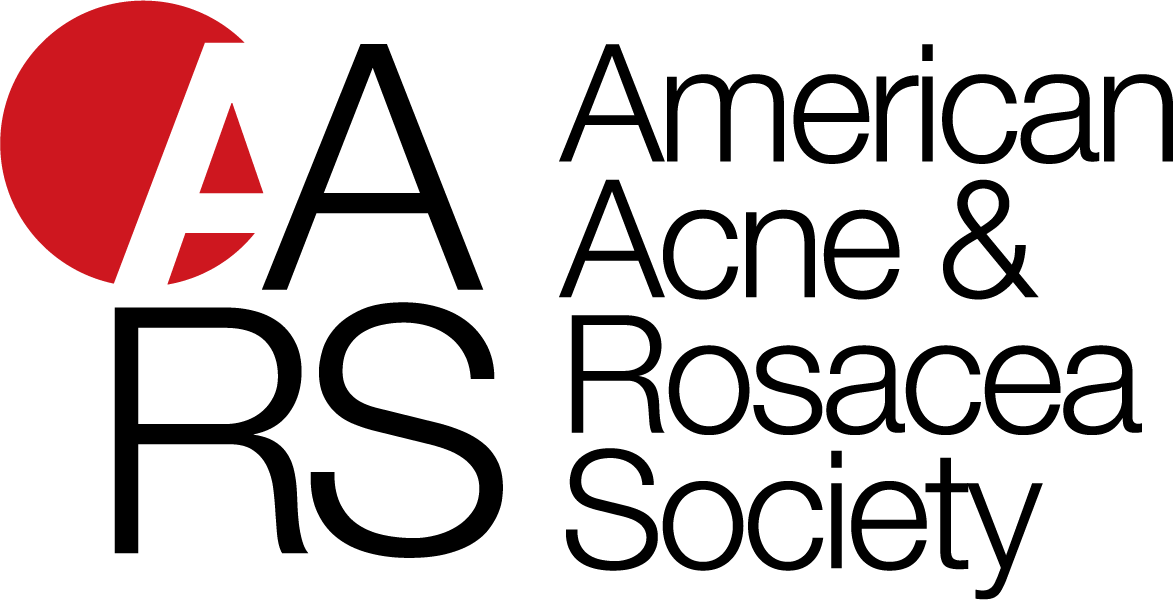Benjamin H. Kaffenberger, MD
Ohio State University, Wexner Medical Center
Columbus, Ohio
2015 Research Grant Recipient
A Low-Cost Alternative Automated Segmentation Acnes Recognition System (ARES) for Acne Image Analysis and Clinical Trial Scoring
Abstract
This project seeks to develop an algorithmic acne recognition system (Acne REcognition System- ARES) that will result in a low-cost, open-source method to automatically quantify the extent and severity of acne. It will be adapted from existing algorithms used in wound care quantification and histopathological interpretation. For example, within wound care, we have developed an algorithm that uses white light, and non-standard backgrounds to detect wound area and percent granulation, slough, and eschar within 85% accuracy. ARES will rely on a technician, patient, or physician taking photographs of the face, chest, and back, for each participant. Afterwards, these images will undergo automated segmentation using an existing probability color map to detect and quantify active disease (comedones, pustules, papules, and nodules), inactive disease (scars), and degree of inflammation (erythema), and combine these into a summative global score. Primary and secondary morphologies will be distinguished based on size (region growing analysis) and the probability color map. We believe this product will be unique based on its use of standard white light photography and its ability to analyze images from any digital camera with 2 megapixels or greater resolution. We will adapt current algorithms to allow for the negation of non-standard backgrounds, increasing the robustness of the system. Validation will be conducted against a panel of acne experts to determine the reliability for lesion counting and global scoring.


